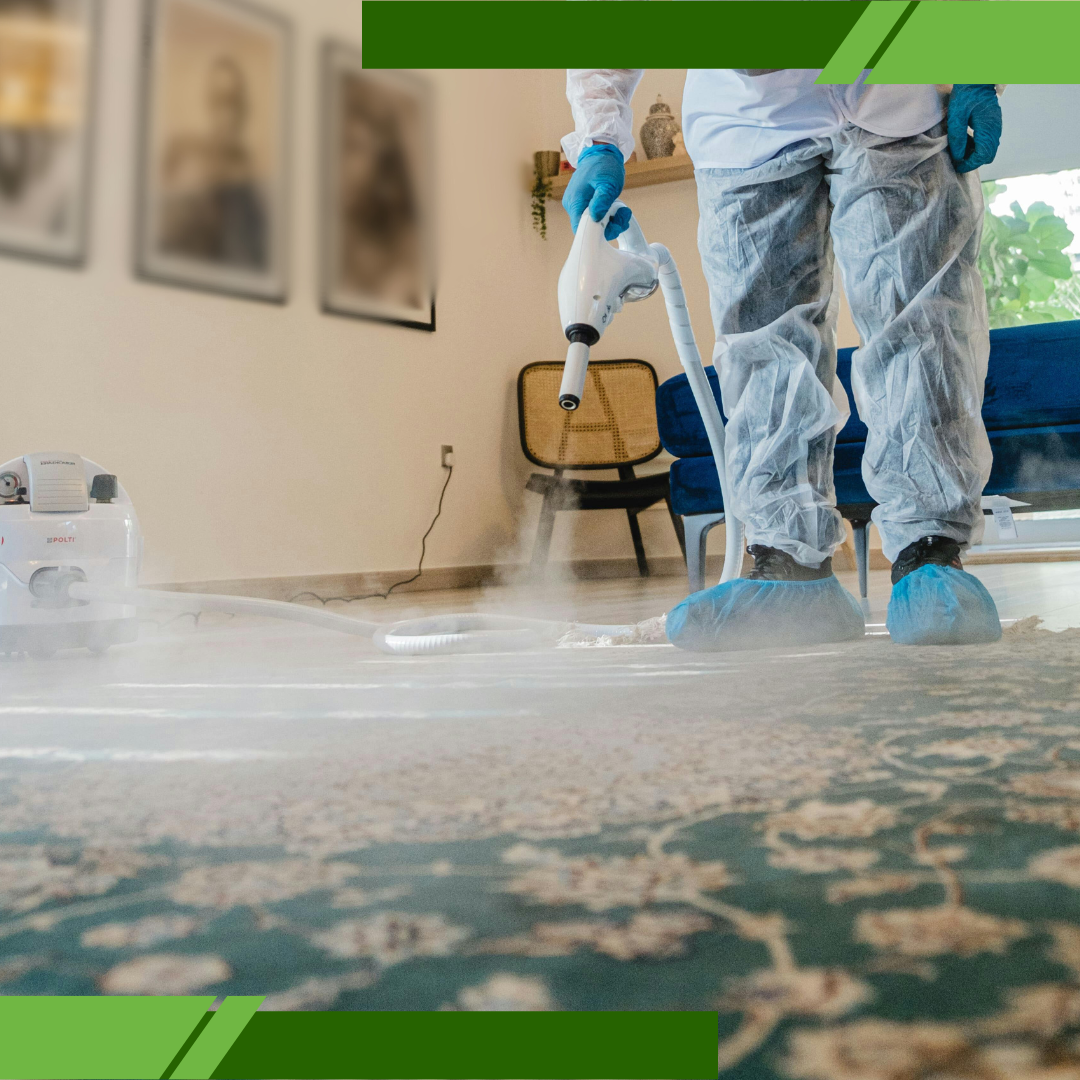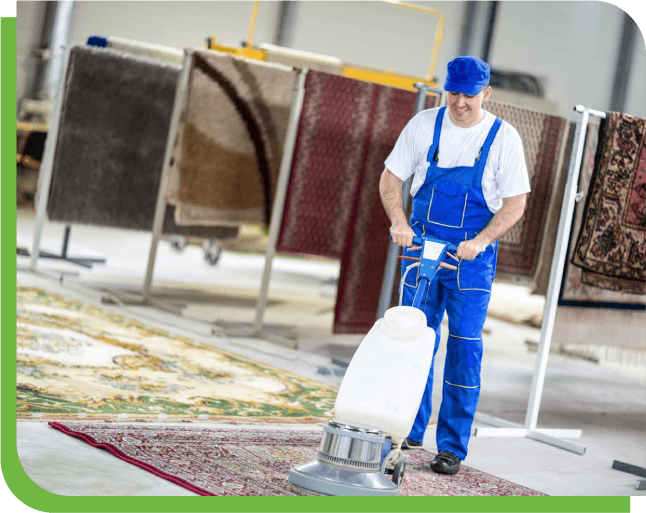Get in touch
Fill this up to proceed

We are committed to providing a world-class carpet, rug, upholstery, drapery or mattress cleaning services that will open your door to a happier and healthier green indoor environment.

Light switches, remote controls, and doorknobs are some of the most-used items in your house, yet they rarely get cleaned. Everyone touches them multiple times a day—especially during flu season—but they’re often skipped during routine cleaning. Because of this, they are without a doubt among the germiest places in your home.
Wipe all light switches and doorknobs with disinfectant weekly, use a cotton swab and rubbing alcohol to clean remote crevices, and focus on high-touch spots like bathroom and kitchen switches. If you want to avoid spreading germs in San Pedro, start here. These high-contact surfaces are quiet culprits that contribute to the germiest places in your home.
Your kitchen is supposed to be clean—it’s where you prep meals. But that sponge on your sink? It’s soaking up germs like a sponge—literally. And faucet handles? Touched with raw meat hands, then touched again to turn off the water. Don’t forget the salt and pepper shakers, either. Each of these ranks among the germiest places in your home.
Replace kitchen sponges weekly or microwave them wet for 1–2 minutes, wipe down faucet handles with a vinegar solution every few days, and disinfect salt and pepper shakers weekly. For locals, finding reliable professional carpet cleaning services can make a big difference in keeping these spots under control. These germ traps might be small, but they add up fast and make your kitchen one of the germiest places in your home if left unaddressed.
That comfy couch you love to sink into? It’s holding more than just throw pillows. Dust mites, pet dander, crumbs, and sweat soak deep into the cushions. Curtains and blinds also collect dust, allergens, and airborne germs over time. If these aren’t cleaned properly, they become some of the germiest places in your home.
Vacuum soft furnishings weekly, wash removable cushion covers and throws often, and steam or professionally clean drapes and blinds every few months. In San Pedro, the salty air can even bring extra dust into your home, making regular upkeep essential to reduce the germiest places in your home.
Bathrooms may get scrubbed more than other rooms, but many still miss the little things. Toothbrush holders pool water and saliva, while sink handles are used with dirty hands. Both make the bathroom a hotspot among the germiest places in your home.
Clean and disinfect toothbrush holders once a week, allow brushes to air-dry fully and don’t let heads touch, and wipe faucet handles at least twice a week. Bathrooms are expected to be clean, but without detailed care, they house some of the germiest places in your home.

Your hands touch your phone dozens of times a day—even while cooking, cleaning, or using the restroom. Reusable grocery bags rest on public counters and store floors, collecting invisible bacteria. These two mobile culprits rank high on the list of the germiest places in your home.
Use alcohol wipes on your phone and case every day, wash fabric grocery bags weekly, and disinfect plastic ones after each trip. For residents in San Pedro, it’s worth considering Carpet Cleaning San Pedro who can tackle these overlooked hotspots. Portable items travel from home to store and back again, carrying bacteria that make them some of the germiest places in your home.
We toss sweaty gym clothes, damp towels, and dirty socks into the laundry basket without a second thought. But this pile of fabric becomes a party for bacteria, especially in closed spaces. These containers are among the germiest places in your home, even though they just hold clothes.
Clean plastic hampers with soapy water every two weeks, vacuum fabric hampers or wash liners regularly, and avoid leaving damp clothes sitting for long periods. If you’re ignoring your laundry basket, you’re ignoring one of the germiest places in your home.
Here’s a quick recap of some overlooked germiest places in your home so you know exactly where to focus your cleaning next: light switches, doorknobs and cabinet handles, TV and fan remotes, kitchen sponge, faucet handles, salt and pepper shakers, toothbrush holders, cell phones and cases, reusable grocery bags, couch cushions, curtains, throws, laundry baskets, bathroom faucet handles, coffee maker reservoirs, and pet bedding and food bowls. In San Pedro, salty air and humid conditions can make these problem areas even trickier to keep germ-free.
Now that you know the truth about the germiest places in your home, cleaning becomes more about where than how much. These small changes—disinfecting switches, swapping out sponges, wiping faucet handles—can help your entire household stay healthier without adding stress.
Next time you pick up the remote, grab a grocery bag, or toss something into the laundry hamper, remember: germs hide where you least expect them. Keeping up with just a few weekly habits can stop them from taking over the germiest places in your home, especially for families in San Pedro.
You should disinfect high-touch areas like switches, remotes, and handles at least once a week. Items like sponges and toothbrush holders may need more frequent cleaning or replacement.
Vacuum them weekly and wash or steam-clean them every few months. For delicate or oversized items, consider hiring a professional cleaning service.
Yes, they can pick up bacteria from carts, floors, and food spills. Wash fabric bags weekly and wipe down non-fabric ones after every use.
Use a microfiber cloth with alcohol-based wipes or sprays made for electronics. Avoid spraying liquid directly on the phone and always clean the case too.
Frequent sickness, musty odors, or visible grime on high-touch spots are clear signs. Regular deep cleaning helps reduce these hidden risks.

We are committed to providing a world-class carpet, rug, upholstery, drapery or mattress cleaning services that will open your door to a happier and healthier green indoor environment.
We are committed to providing a world-class carpet, rug, upholstery, drapery or mattress cleaning services that will open your door to a happier and healthier green indoor environment.